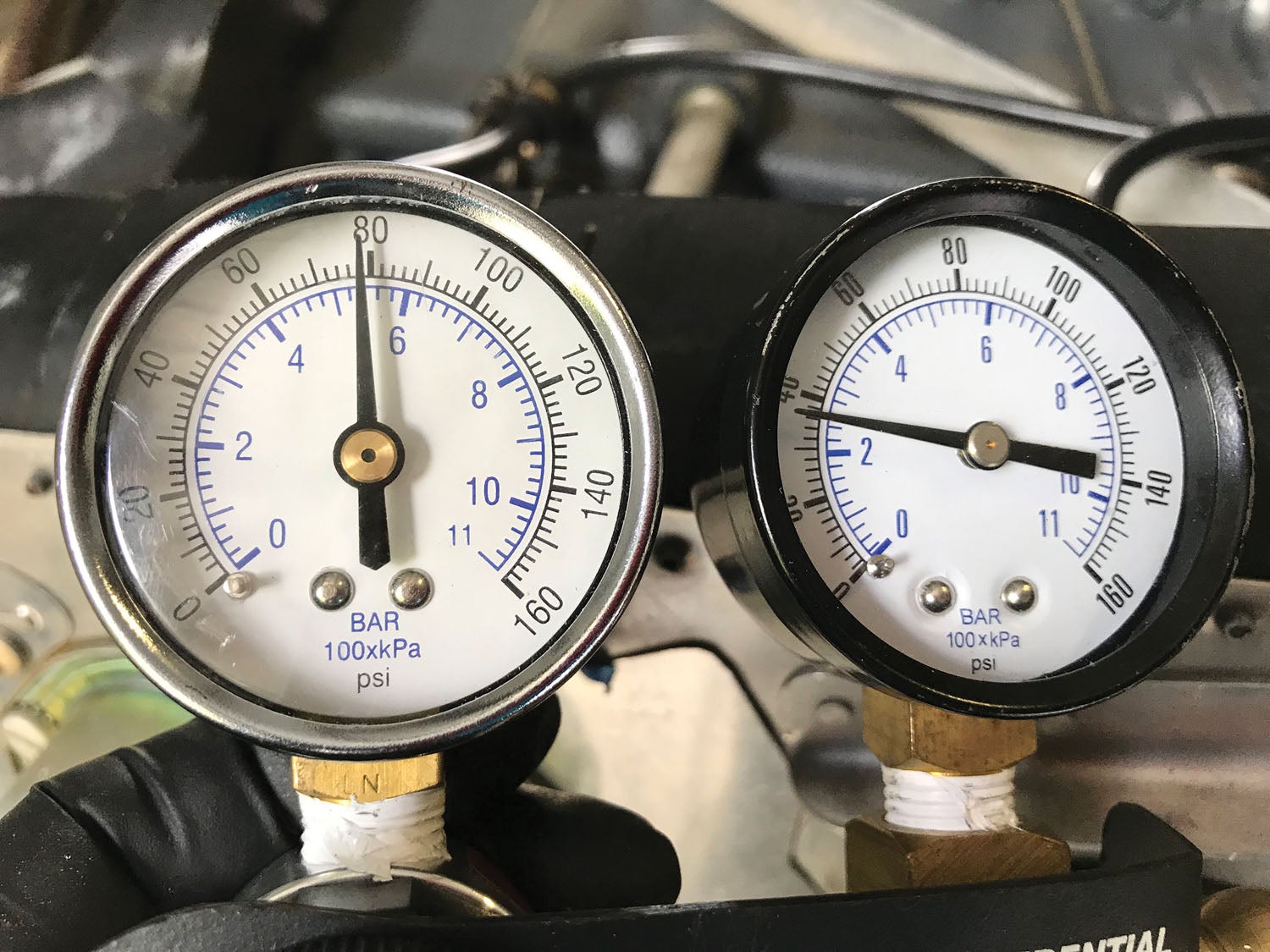Usually, we look for something greater than 60/80 when doing compression checks on Lycoming engines. A reading such as this one (36/80) really warrants further investigation. In this case, a borescope picture showed an exhaust valve that was in danger of imminently failing. It’s easy to find the air leakage when doing a compression test by placing your ear at either the oil filler tube (usually indicates leakage by the rings) or at the exhaust stack (will indicate exhaust valve leakage) or at the air intake (which will indicate a leaking intake valve).
In Case You Missed It
The Dawn Patrol
Dick Starks - 0
They may not be comfortable, and they don't go fast, but flying a WW-I plane is just plain fun. When you can share the experience with some American heroes, its even better.
The Little Bush Plane That Could
Amy Laboda - 0
Amy Laboda takes a slow flight down Memory Lane. The rich history of the Kitfox over the last 25 years has had its challenges and happy endings.
Build an Electric Tug for Your Airplane
It’s easier and less expensive than you think.














